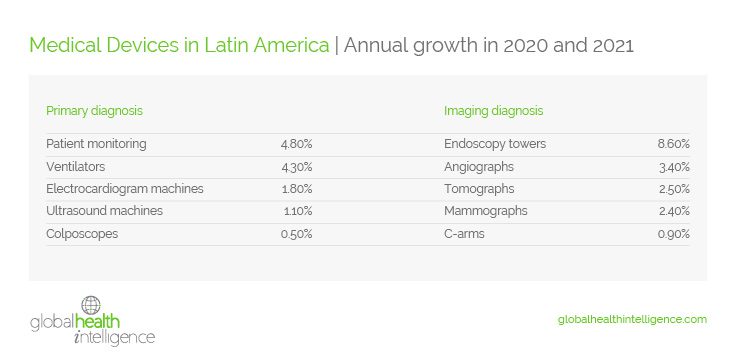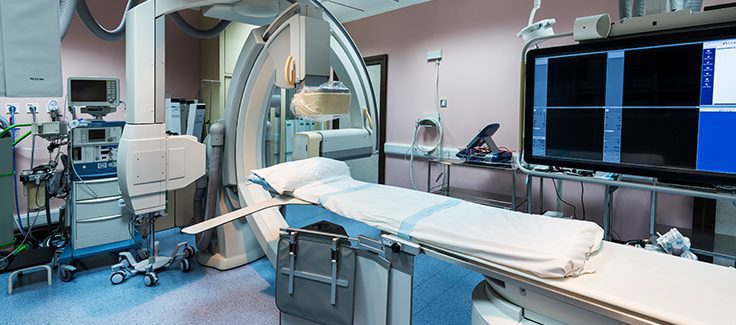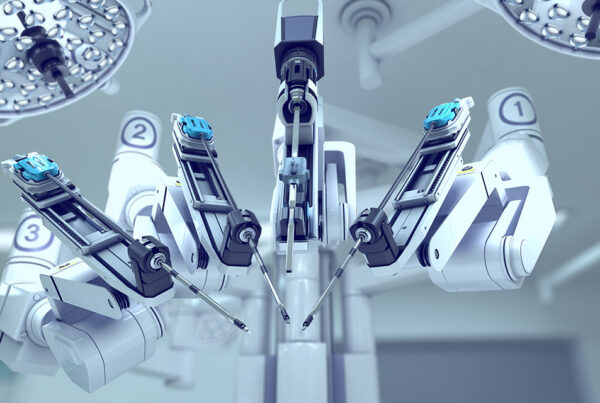This is the first in a series of articles called Lessons Learned from the Pandemic, a tour of the issues that have intersected with us over the past two years. Health crises and their economic consequences, social impact, new ways of working, virtuality, and new forms of medical care are some of the big topics we will be looking at in this series.
In this first article we highlight two issues that have come to the fore over the course of the COVID-19 pandemic: crises in the health system, and opportunities that have arisen in the midst of the turbulence.
LESSON 1: Focusing on Preventive Diagnosis and a Primary Care Strategy to Have a Robust Healthcare System in the Long Term
The onset of the pandemic has shown us that our health systems were not ready to face a health crisis. The countries with most development or a greater capacity to respond—economically or technologically—managed to recover relatively quickly, but even so, they have reconsidered their health care and investment strategies, focusing heavily on developing primary-care systems with prevention and awareness-raising campaigns, replanning the health system, both public and private, and emphasizing preventive diagnosis. Latin America has suffered heavy human and economic losses through a lack of investment, which has been plain to see, and so this is now part of the agenda for governments and even private businesses.
In this regard, through HospiScope, GHI has come up with some very interesting data, confirming that in Latin America the total number of beds grew by 2.2% a year in 2020 and 2021, to reach nearly 1M beds in the region. Beds for outpatient use, on the other hand, have seen annual growth of 5.7% in 2020 and 2021, and beds for use in intensive care have grown by 16.4% annually in 2020 and 2021, to reach 90,000 beds at regional level. With respect to surgery beds, annual growth in 2020 and 2021 was 3.7%.
In addition, with regard to diagnostic apparatus, both in primary diagnosis and advanced-imaging diagnosis, the annual growth in 2020 and 2021 looks like this:

Our data show that the investment was in those diagnostic-imaging apparatus that are much more precise and give more specific results when it comes to determining pathologies. This is a sign of the way the industry has changed, and where the opportunities for growth and investment lie. We might say, then, that although primary diagnosis is a key strategy for addressing the population’s health, hospitals and clinics have invested more in high-tech, high-cost, precision apparatus. The growth of ventilators and patient monitoring is linked directly to needs resulting from COVID.
Preventive diagnosis has been shown to help better work with pathologies requiring lengthy treatments, thereby minimizing emergency procedures. This helps focus efforts in situations of crisis, as the chronic side of the illness is relatively controlled. In parallel, the strategy looks to primary care. We know that the initial moments of care are vital to preventing further complications. This is why it is indispensable to have a robust system for this kind of treatment, as it prevents preexisting illnesses from worsening. Above all, it helps reduce costs and make the system more efficient. And in this respect, the pandemic has taught us an important lesson and has left us with a tremendous opportunity to develop telehealth (TH) as a primary-care tool with enormous reach. GHI has produced extremely interesting data about the adoption of this system in second- and third-level centers. At the end of 2021, 15% of hospitals in the region had TH programs; 9% were “hubs” (hospitals where the experts are), while 6% were “spokes” (where the patients are), and just 1% offer international TH. As you can see, the opportunity is still considerably large.
To conclude, we might say that the biggest lessons in this respect have been the need to:
- Fortify primary health care through by shoring up care strategies like telehealth, reaching more people, more quickly and efficiently.
- Equip hospitals and clinics with beds for different types of care (intensive, intermediate, and outpatient care) by establishing priorities in care based on pathologies and staging.
- Enhance care centers with equipment that facilitates quick and precise diagnosis, working almost exclusively with specialist-equipment diagnosis and/or treatment.
- Plan strategies for purchasing, equipment procurement, and investment in technology, to take advantage of opportunities that the pandemic has opened up, and advances in virtual care.
LESSON 2: Approaching the Crisis as a Moment of Opportunity
The crisis generated as a consequence of the Pandemic has brought opportunities for companies whose products were listed as first-necessity, or those that were able to launch onto the market products needed to combat the Pandemic. The most emblematic example of this is the PCR test in its various models: rapid test, self-test, and laboratory test being the among the most widely known.
However, in most cases the medical-device industry has seen a considerable drop in sales of its products and services, due to the low demand for so-called elective procedures, and it has led them to rethink a large part of their business. In this respect, the rupture has occurred not only in the ways of doing business—both in the strategy and in the sales of each market—but above all in pricing.
To remain competitive, many companies have reconsidered their pricing strategy based on direct sales, which has posed a challenge to the role of distributors—somewhat of an adjustment variable for most businesses finding themselves in an economic crunch. Distributors are key, and they play a very important role for companies that need to develop a market, or launch a product in many places at the same time, especially when the company has no local presence in markets spanning large expanses of territory. But they are also the adjustment variable in a crisis. This is nothing new, and it is often the case that the relationship with them is like a pendulum.
During the Pandemic, companies have focused on their larger clients, dropping business that takes considerable effort to develop. This has led to a better knowledge of the needs of important clients, and to improved revenues in the midst of the crisis. The key lies in understanding that critical moments drive us to create changes. In this case, there will be better opportunities for those who achieve the best balance to maintain strong relationships with direct clients, that are sustainable over time, and grow with minimal in-house efforts by working collaboratively with distributors who are aligned with the ways in which each company works.
But the question is, have we taken full advantage of the opportunities that have arisen? Have we been able to transform our businesses by leveraging the technological advances that have come about through the digitalization the world has experienced, particularly between March and October of 2020? Our next article on Lessons Learned from the Pandemic will include a look inside this topic.
At GHI, we always approach subjects from a constructive angle in an attempt to generate productive debate. Find out more about our solutions here.
You can also contact us directly if you are interested in exploring the possibility of a personalized market study to help your business understand the market better, whether this is on a general level or in a key segment of a specific country.



